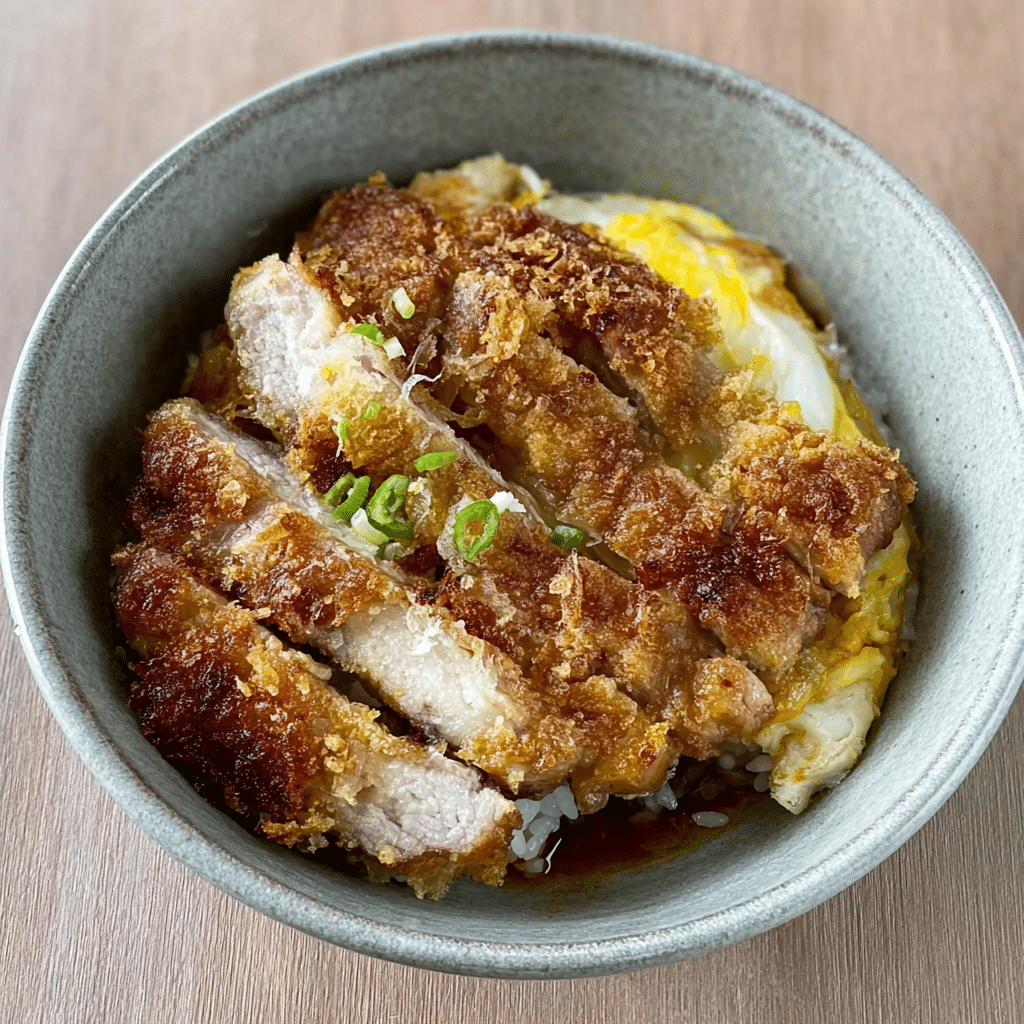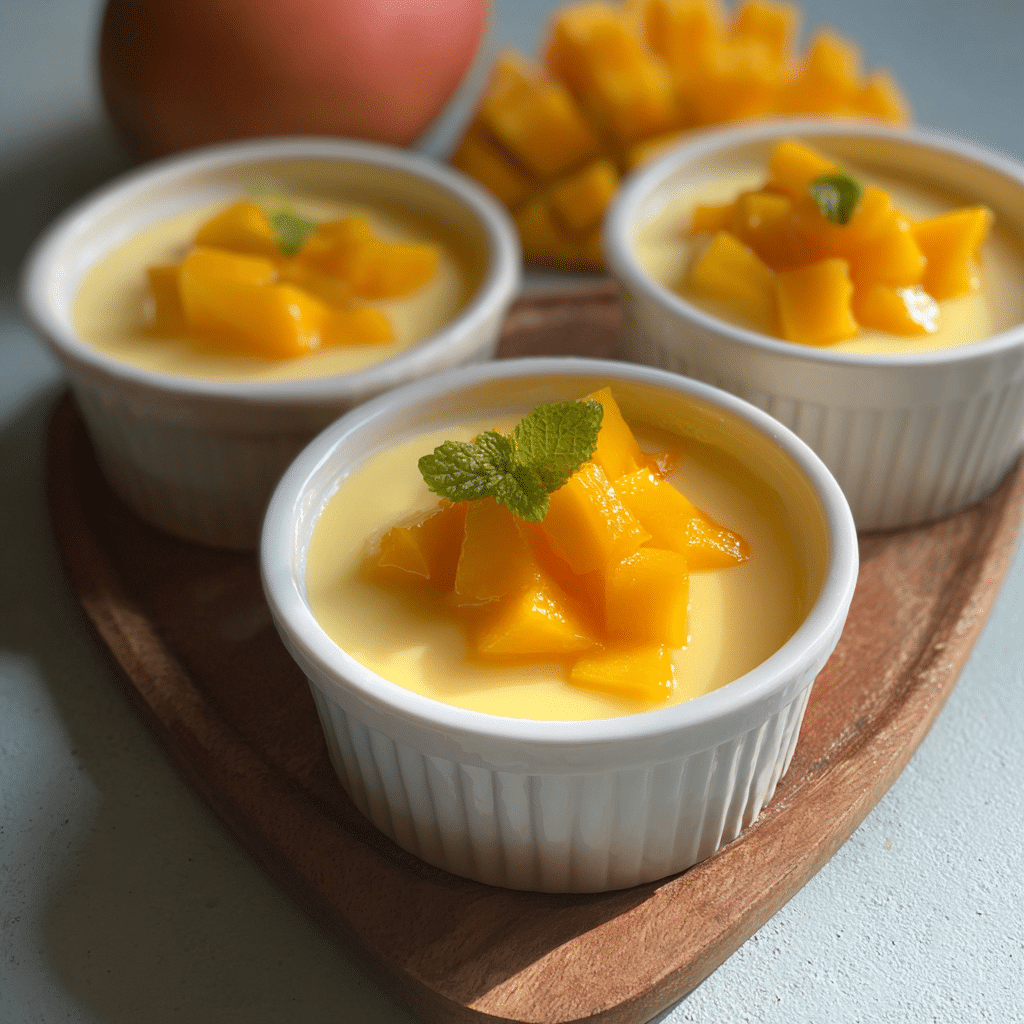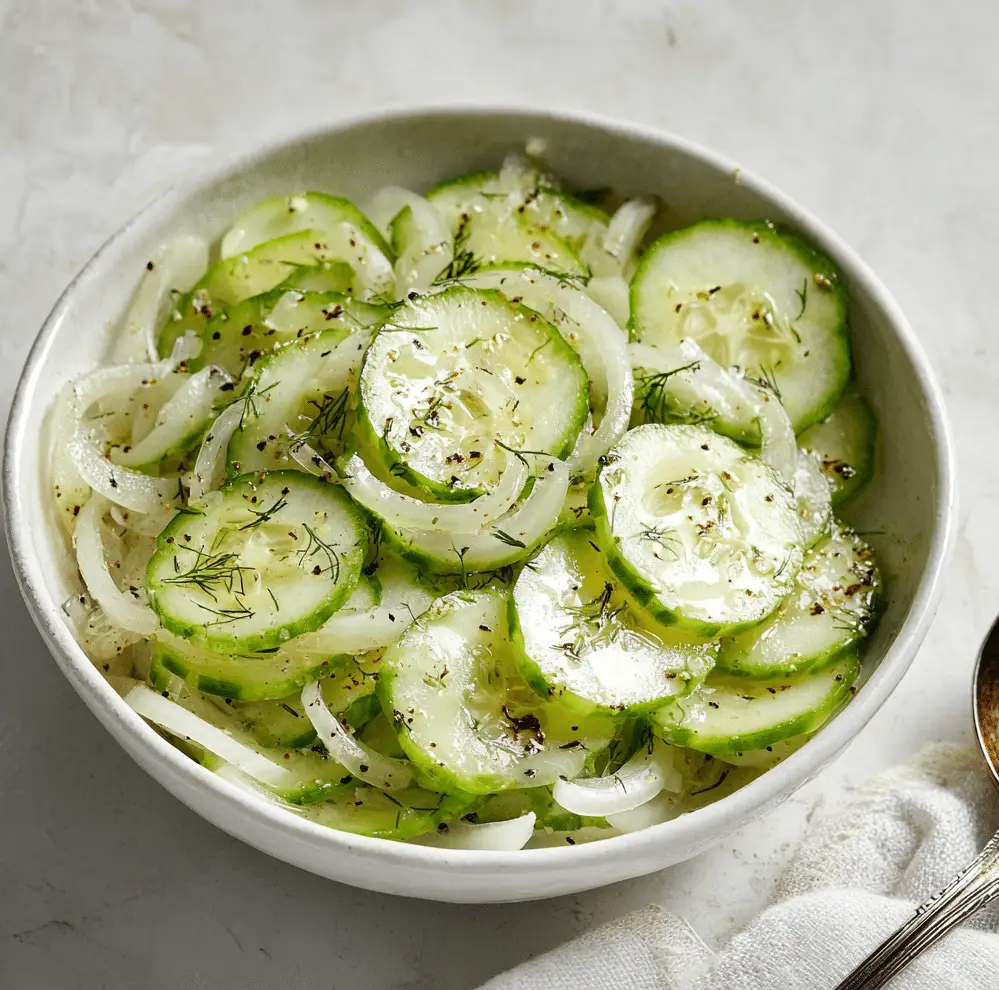The Japanese dish katsudon is a warm and satisfying rice bowl that’s layered with crispy pork cutlet, caramelized onions, and soft-cooked eggs, all simmered in a sweet-savory dashi broth. Served over steaming hot rice, it’s the ultimate comfort meal that’s as easy to make as it is to devour.
Perfect for weeknight dinners or cozy weekends at home, katsudon is a staple of Japanese home cooking that brings deep flavor and heartwarming nostalgia in every bite. You’ll love the contrast of textures—crispy and tender pork, silky egg, and fluffy rice—all coming together under a flavorful glaze.
Full Recipe
Ingredients:
-
2 boneless pork chops
-
1/2 cup all-purpose flour
-
1 large egg, beaten
-
1/2 cup panko breadcrumbs
-
Salt and pepper, to taste
-
1/4 cup dashi stock
-
1 tbsp soy sauce
-
1 tbsp mirin
-
1/2 tbsp sugar
-
1/4 onion, thinly sliced
-
2 eggs, lightly beaten
-
2 bowls cooked short-grain white rice
-
1 green onion, chopped (for garnish)
-
Oil for frying
Directions:
-
Season pork chops with salt and pepper. Dredge in flour, dip in beaten egg, and coat with panko breadcrumbs.
-
Heat oil in a deep skillet or frying pan over medium-high heat. Fry the breaded pork cutlets until golden and cooked through, about 3-4 minutes per side. Transfer to a paper towel-lined plate.
-
In a small pan, combine dashi, soy sauce, mirin, sugar, and onion. Simmer on low until the onions are soft and translucent.
-
Slice the fried pork cutlet into strips and place over the simmering onion mixture.
-
Pour the beaten eggs gently over the pork and onion. Cover and cook for about 1 minute or until the egg is just set.
-
Slide the entire mixture over a hot bowl of cooked rice. Garnish with chopped green onion.
Prep Time: 10 minutes | Cooking Time: 15 minutes | Total Time: 25 minutes
Kcal: 610 kcal | Servings: 2 servings
What is Katsudon?
Katsudon is a classic Japanese comfort dish that brings together a crispy breaded pork cutlet, tender onions, soft-cooked eggs, and a flavorful sweet-and-savory broth—all layered atop a bowl of warm, fluffy rice. The name “katsudon” is a combination of two Japanese words: katsu, short for tonkatsu (breaded and fried pork cutlet), and don, short for donburi (rice bowl). It’s not just a meal—it’s a nostalgic experience that evokes the warmth of a homemade dinner in a Japanese household.
Cultural Significance of Katsudon
Katsudon has deep roots in Japanese food culture and is considered more than just a filling dish. In Japan, it’s traditionally eaten by students before important exams or competitions because “katsu” sounds like the word for “win” (katsu, 勝つ). Eating katsudon is seen as a way to wish for good luck or success. Over time, it has also become a staple in shokudō (casual diners) and bentō lunchboxes, making it a dish familiar to virtually every Japanese person.
The dish is also famously associated with law enforcement and confessions in Japanese crime dramas—suspects are often offered a comforting bowl of katsudon to loosen their tongues. While this is largely theatrical, it speaks to the dish’s emotional and cultural resonance as a symbol of comfort and familiarity.
The Flavor Profile of Katsudon
One of the most unique aspects of katsudon is its harmonious blend of textures and flavors. The pork cutlet, typically coated in crunchy panko breadcrumbs and deep-fried until golden, offers a rich, savory, and satisfying bite. This is balanced by the softness of onions that have been simmered in a seasoned broth made of dashi (a Japanese stock), mirin (sweet rice wine), soy sauce, and sugar.
The egg—gently poured over the pork and onions toward the end of cooking—creates a creamy, custardy texture that contrasts beautifully with the crispiness of the cutlet. The broth, slightly sweet and deeply umami, soaks into the rice and brings the entire dish together. Every bite is a medley of crunchy, tender, savory, and subtly sweet flavors that comfort the soul.
Regional Variations and Modern Twists
While the traditional katsudon uses pork cutlet, regional and modern adaptations offer interesting variations. For example, oyakodon (chicken and egg rice bowl) is a close cousin that uses chicken instead of pork. In Nagoya, a local variation called miso katsudon features the cutlet served with a rich, dark red miso-based sauce.
Vegetarian versions have also gained popularity, using tofu or seitan as a meat substitute, while baked or air-fried versions of the pork cutlet cater to those looking for a healthier alternative. In more gourmet settings, you may find premium cuts of pork, homemade dashi, or organic eggs used to elevate the dish even further.
Fusion takes on katsudon have also emerged, including Korean-style katsudon with kimchi, or Westernized versions using cheese-stuffed cutlets. While these are not traditional, they reflect how beloved and adaptable the katsudon concept has become.
Tips for Making the Perfect Katsudon at Home
The secret to a successful katsudon lies in the balance of its components. Here are some tips to get it right:
-
Choose the right pork: Boneless pork loin or pork chops with a good balance of fat and meat are ideal. They stay juicy even after frying.
-
Use panko breadcrumbs: Japanese breadcrumbs are coarser and crispier than Western ones. They create that signature crunch.
-
Control the frying oil temperature: Too hot, and the outside burns before the inside is cooked; too cold, and the breading gets soggy. Aim for about 350°F (175°C).
-
Don’t overcook the egg: The egg should be softly set, almost runny. Overcooking will ruin the luscious, custardy finish.
-
Use warm, freshly cooked rice: This helps soak up the flavorful sauce and makes the final dish more comforting and cohesive.
When to Serve Katsudon
Katsudon makes an excellent weeknight dinner because it’s relatively quick once the cutlet is prepared. It’s also a great dish for a casual lunch, especially if you have leftover tonkatsu from the night before. Many Japanese households keep precooked cutlets in the fridge or freezer for this very reason.
It’s also a crowd-pleaser at potlucks or family dinners. While it’s traditionally served in individual bowls, it can easily be scaled up and deconstructed for buffet-style serving.
Health and Nutrition Considerations
While katsudon is indulgent, it can be made healthier with a few adjustments. Baking or air-frying the pork cutlet reduces oil consumption. Using brown rice or a mix of grains can add fiber and nutrition. Cutting back slightly on sugar or using low-sodium soy sauce will help reduce overall sodium and sugar intake without compromising too much on flavor.
Protein-rich and filling, katsudon provides a good dose of carbs, fats, and protein, making it a satisfying one-bowl meal. However, it’s best enjoyed as an occasional treat if you are watching your calorie intake.
Pairing Suggestions
To create a complete Japanese-style meal, pair katsudon with a light miso soup, a side of pickled vegetables like tsukemono, or a simple green salad with sesame dressing. For drinks, green tea or cold barley tea (mugicha) are traditional and refreshing options that cut through the richness of the dish.
If you want to lean into comfort food territory, a small serving of Japanese potato salad or edamame adds a nice contrast in texture and flavor. Katsudon is filling on its own, but thoughtful sides can elevate the meal.
Why Katsudon is So Loved
Katsudon hits the trifecta of great food: taste, texture, and nostalgia. It’s easy to prepare, endlessly customizable, and deeply comforting. Whether you grew up eating it or are trying it for the first time, katsudon delivers an unforgettable flavor experience that feels both homey and satisfying.
It also tells a story—of tradition, of family, and of simple ingredients coming together to create something extraordinary. This emotional resonance is part of what has made katsudon such an enduring dish in Japanese cuisine and around the world.
Conclusion
Katsudon is more than just a bowl of pork, eggs, and rice. It’s a symbol of success, comfort, and home. It showcases the Japanese art of balancing flavors and textures, offering a sensory experience that’s both hearty and delicate. Whether you enjoy the classic version or explore a regional twist, katsudon is a delicious gateway into the soul of Japanese cooking.
Its wide appeal lies in its simplicity and the way it brings warmth and satisfaction with every bite. Once you’ve tried it, katsudon is sure to earn a permanent spot in your culinary repertoire—one that you’ll return to time and again when you need a taste of something truly special.








